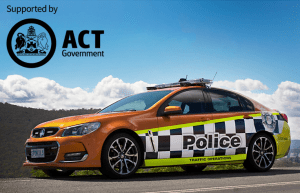The Learner Driver First Aid Program is designed to equip beginner drivers with essential knowledge and skills to provide post-crash care in emergency situations. Recognizing that other drivers are often the first responders at the scene of a crash, this program aims to empower learners with the confidence and ability to act effectively and responsibly in such critical moments.
Throughout the course, participants will delve into various aspects of first aid relevant to road accidents, including but not limited to:

Course Details:
Cost: $54 (inc. GST)
Time: 1 Hour
Location: 100% online
Completing this ACT Government approved course will give you 5 of your required learner driving hours. To claim these hours you must:
- have held your learner car licence for at least 3 months before taking this course.
